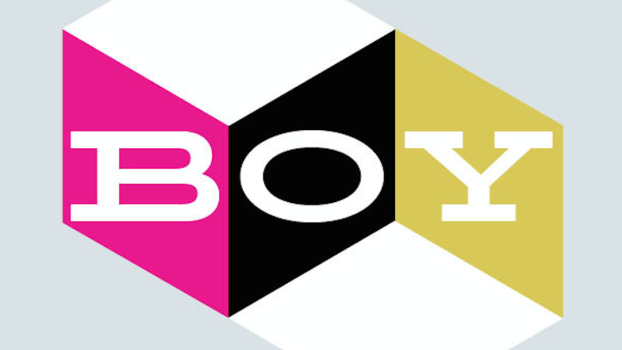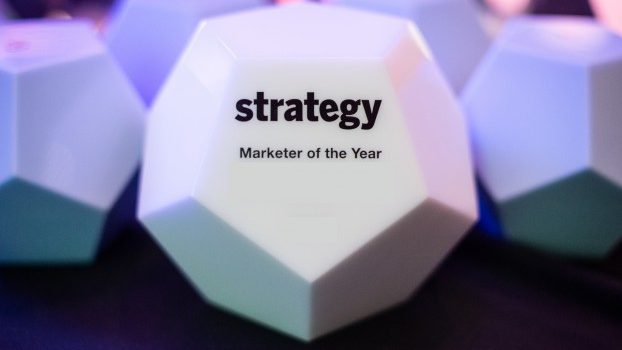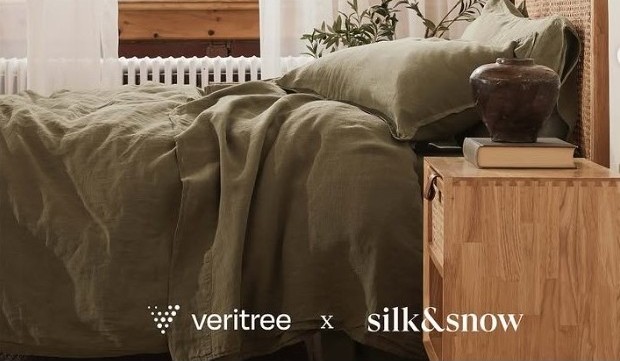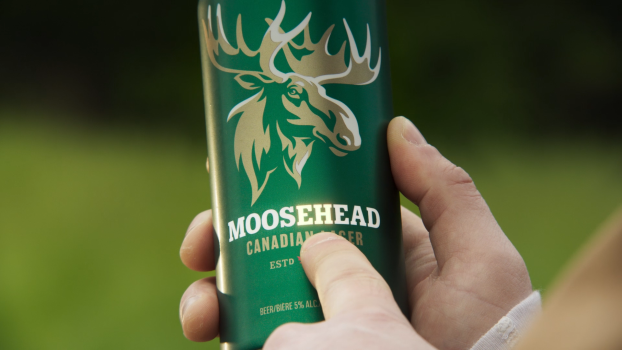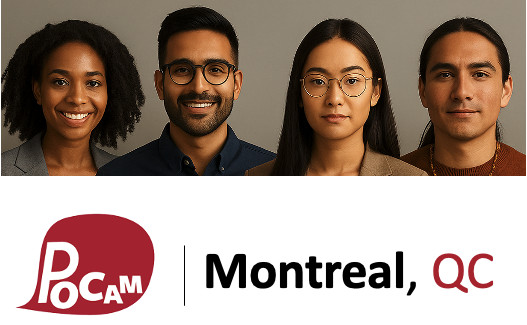Australian natives Nick Perry (right) and Peter Winkle were working as management consultants when they set out to create a new eyewear brand, Bailey Nelson, in 2012.
The pair had witnessed DTC brands upend traditional models by selling directly to the consumer, and were looking for a similar opportunity in eyewear, says Perry, now managing director of the business in North America.
Today, Perry believes consolidation remains one of the biggest forces shaping the category. In October 2018, Essilor, the global leader in spectacle lenses, merged with Luxottica, the global leader in frames and sunglasses, creating a behemoth whose portfolio includes the LensCrafters, Pearle Vision and Sunglass Hut retail brands, as well as Oakley, Ray-Ban and myriad other eyewear brands. The new company, known as EssilorLuxottica, has since made a 7.2 billion-euro bid for GrandVision, a Dutch opticians group, although the deal is being investigated by EU antitrust regulators.
Amid fierce competition – Bailey Nelson also competes with BonLook, Warby Parker and other independent sellers – Perry says the company has plans to grow its Canadian retail network to about 50 stores over the next few years.
Bailey Nelson first opened a few Canadian stores under a licensing agreement in 2014, but decided to close them in 2017. It re-entered the market with corporate-owned stores for the first time later that year. Now, it has opened its seventeenth location, with plans to open three others before the end of June. Perry says, “[I] see no reason why the Canadian business should not be as big as the Australian business,” which has around 50 stores.
Bailey Nelson was born in Australia and now has a footprint in four different markets. Have you noticed any differences in the way Canadians think about eyewear, or is anything unique about your marketing approach in Canada?
One challenge is that we have a very strong sunglasses business, and we’ve traditionally been southern hemisphere-oriented; summer in Australia is from December through February. So it’s been a challenge to re-orient the business to be a global company. We do that by collaborating with designers who are in the northern hemisphere to make sure that we’re staying on top of trends.
But the biggest difference is that, in Australia, the cost of an eye exam is covered by the government, so people tend to get eye exams more frequently. Here, it varies by province, but it’s not covered for most people, if you’re over 65 or under 18 there’s often a contribution, but for our customer who is usually 28 to 30 years old, they’re out-of-pocket when it comes to paying for their eye exam. As a result, we find that, on average, Canadians have exams a little less frequently. So one of the opportunities for us is to educate our consumers on how important regular eye health assessments are in terms of your overall well-being and that they should engage with us on a professional and more regular basis.
You plan to open around 35 new stores over the next few years. How will you enter new markets and support those openings through marketing?
Typically, the way we enter a new market – and I’ll talk about Toronto, specifically – we try to work out where the cool, young people are spending their time. So, for example, Queen Street was our first location [in Toronto]. We usually spend the first 12 months seeding that market, and we do lots of activations within the community and try to connect with local influencers. After that, we will typically go downtown and open a city location – we opened Toronto Eaton Centre and RBC Plaza – and then, in parallel, we fill out the regional malls; we just opened a new store last week at Yonge and Eglinton.
[We support those openings] through social media. Our customers are on average 27 years old; they want to get their trends and inspiration from the brand through Instagram, so that’s a major marketing channel for us. And when we launch a new store, we typically have some sort of launch event or party about a week after the stores open. Fortunately for us, because our offer is so strong and our staff are really passionate, the stores have grown through word-of-mouth. So compared to other brands, our marketing spend is incredibly low. In Australia, we rolled out our stores a little bit slower. However, in Canada, we want to get to 50 stores much faster. So we are thinking about different ways to communicate our offer. In some instances, we’re entering new markets quickly and ahead of our brand awareness. So we are considering other marketing channels.
Your competitors include huge global companies like EssilorLuxottica, as well as more local, independent ones like BonLook and Warby Parker. At the same time, you have to contend with online-only players like Eye Buy Direct. How do you remain competitive in that kind of environment?
W e spend a lot of time in our competitors’ stores, and we study our competition closely; it helps to keep the pressure on. [On top of that], we focus on our own business and the things we think are really important. The first one is optometry. [Some] of our competitors, such as BonLook and Warby Parker, don’t have optometrists in all of their stores. So we want to make it really clear that we have a commitment to optometry and we believe preserving your eye health is the most important part of the customer journey; we don’t just want to be the lowest cost provider of eyewear sold through the internet. When we first launched the business, we didn’t have optometrists, so [customers] had to go back to the optometrist for [their] prescription – it wasn’t a smooth journey.
e spend a lot of time in our competitors’ stores, and we study our competition closely; it helps to keep the pressure on. [On top of that], we focus on our own business and the things we think are really important. The first one is optometry. [Some] of our competitors, such as BonLook and Warby Parker, don’t have optometrists in all of their stores. So we want to make it really clear that we have a commitment to optometry and we believe preserving your eye health is the most important part of the customer journey; we don’t just want to be the lowest cost provider of eyewear sold through the internet. When we first launched the business, we didn’t have optometrists, so [customers] had to go back to the optometrist for [their] prescription – it wasn’t a smooth journey.
The second one is that we have very passionate and engaged staff. As a result of the influence of Delaney Schweitzer – [who was an early investor in our company, as well as a former EVP of global retail at Lululemon, and who is currently chief retail officer at Amer Sports] – we think a lot about how to enrol our staff in our vision, give them a set of values to align with, treat them with respect. It sounds simple, but it’s challenging as you grow.
The third thing is our product quality; we would argue that our product quality is better than our direct competitors. We believe that if we do those three things well, we can have a thriving business and we can be very successful in this market. Now you have to remember that while BonLook, Warby Parker and [Bailey Nelson] are competing, we still have less than 1% of the market in Canada. So the real competition is LensCrafters and the big chains.
This interview is part of a series for Strategy C-Suite, a weekly email briefing on how Canada’s brand leaders are responding to market challenges and acting on new opportunities. Sign-up for the newsletter here to receive the latest stories directly to your inbox every Tuesday.
The interview has been edited for length and clarity.



